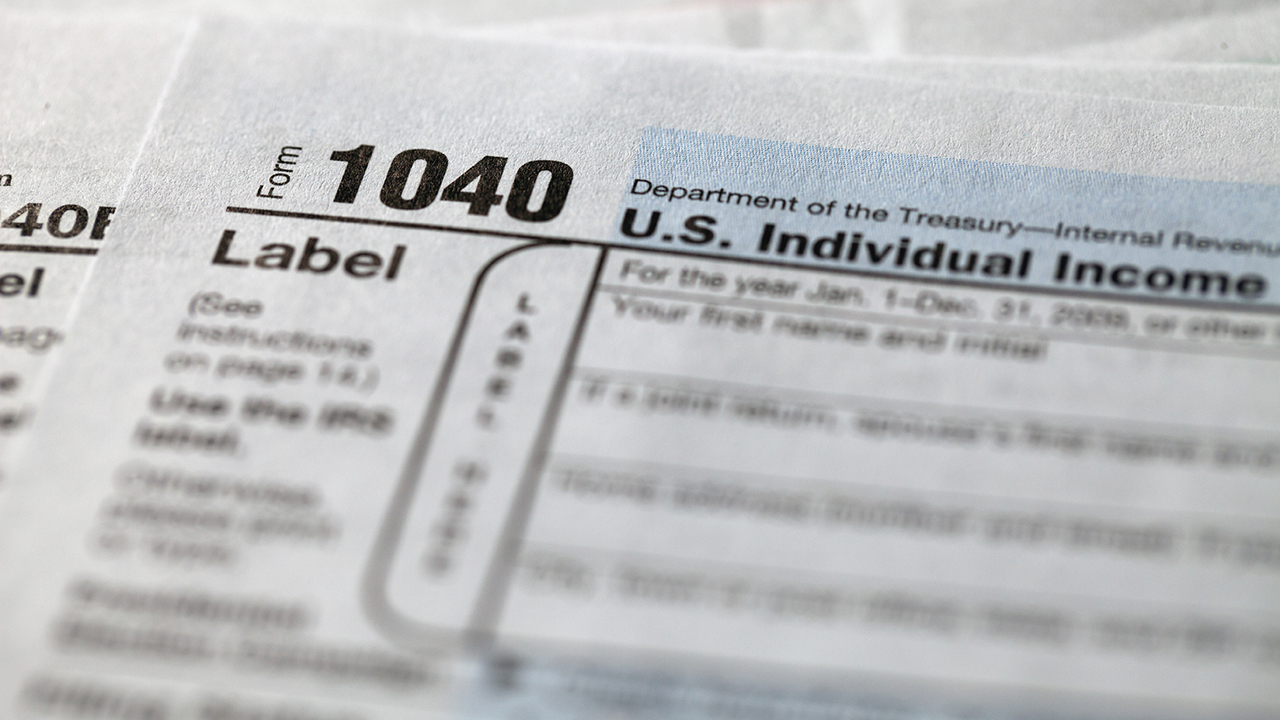Abortion rights, women of color, and LGBTQIA+ people are under attack. Pledge to join us in fighting for gender justice.
The Trump Tax Plan So Does Not Help the Middle Class, Pt. 2

By now, preliminary analysis of the Trump Administration’s tax framework confirms what we strongly suspected: the bulk of the tax benefits in the proposal go to the very wealthy and to corporations. Specifically, under one estimate, taxpayers in the top 1 percent of income (those making more than $730,000) would receive about half of the overall benefits from the plan. On average, taxpayers in the top 1 percent who receive a tax cut in 2017 would see their taxes reduced by over $146,000. Taxpayers in the top .01 percent of income who receive a tax cut under this plan would receive an average benefit of almost $750,000, in 2017.
In contrast, the bottom 95 percent of taxpayers would receive only modest tax benefits from the tax proposal. Those tax filers with incomes of $25,000 or less who would receive a tax cut would see their taxes decrease by about $90, on average, in 2017. Taxpayers in the middle-income quintile, those with incomes of between about $86,000 and about $149,000, who receive a tax cut would see an average benefit of just over $900 in 2017. Please take a moment to compare the average benefits for families in this income range ($940) to those in the top .01 percent ($748,000), under a plan touted as totally designed to help the middle class and not at all designed to help the rich. And then consider that over 13 percent of families earning between $86,110 and $149,400 would actually see their taxes go up in 2017.
Just in case you were wondering, two specific proposals that were highlighted as helping the middle class – doubling the standard deduction and changing the Child Tax Credit – also would do little to actually help middle class families with children. This is because although the standard deduction would be increased, the exemption for dependents would be eliminated, along with a number of itemized deductions. As a result, the overall benefit to low- and moderate-income working families may, at best, be a wash. And although the proposed expansion of the Child Tax Credit was not specified, the Administration confirmed that it would not be refundable, and most commentators assumed it would be around $500 (in line with Paul Ryan’s Better Way proposal of a few years ago). So the Child Tax Credit expansion would provide exactly no help to families who make too little to incur tax liability, and very little help to even the families who would be able to take advantage of it. AND the value of the expanded CTC would decrease for families over time, because it is not indexed for inflation under the Administration’s proposal. While the White House is apparently asserting that the Child Tax Credit would help families with their child care expenses and the economic hit they may experience during periods of unpaid family leave, the average cost of child care is more than in-state college tuition in many states, ranging between $3,000 and $17,000 per year. [link to ] And for someone making $50,000, twelve weeks of unpaid family leave means a loss of over $11,500 in income. Hard to see how $500 in nonrefundable tax benefits would do much to address these considerable costs, and the proposal does not otherwise address child care expenses or paid family and medical leave, despite a growing interest in addressing these critical needs for families.
This proposal will do little for working families. But it will deliver massive tax cuts to the wealthy! And it will cost over $2 trillion dollars over the next decade! And Congress wants to cut spending on education, infrastructure, housing, and programs and services that families rely on to maintain a basic standard of living, to pay for them! As we said last week, this proposal should be dead on arrival.



